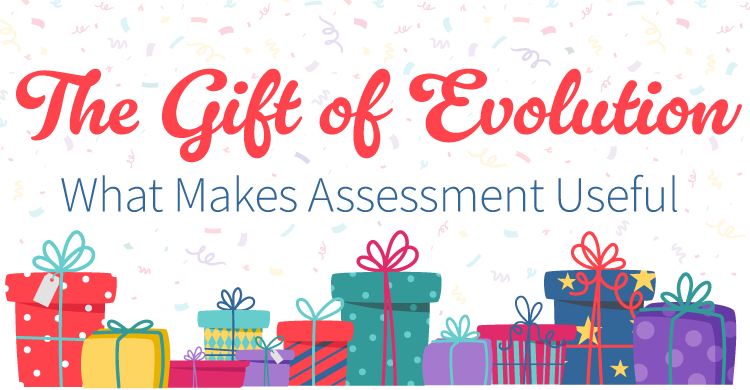When a school begins its journey to become a professional learning community, it’s fairly common for teacher teams to experience a lack of clarity about their purpose. Not only are they unclear about how they’re supposed to spend their time, they might even be questioning the premise that working collaboratively could lead to improved student learning.
In an effort to comply with administrative directives, many teams simply go through the motions of developing key products. While these are all valuable activities, teams may engage in them with little understanding about “why” each of the products was created, or the role they play relative to improvements in student learning. Upon completion of each product, teams might perceive that their task is indeed finished. In fact, you can almost hear the brushing of hands and the declaration that they are “done” with the work.
- Create team norms. Check!
- Define your essential standards. Check!
- Develop your SMART goal for the year. Check!
In our work to support the development of professional learning communities, we’ve seen a consistent pattern emerge. The tipping point at which members truly realize their potential impact as a team is when they design and implement common formative assessments. Each step inherent in the common formative assessment process provides focus to the team and a direct connection to student learning.
For example, through the unwrapping process, teachers become collectively clear on what students will know and do as a result of their teaching (Bailey & Jakicic, 2011). In the next step, designing assessments that are aligned to these learning targets, teachers become clear about the “end in mind” and as a result, instruction becomes far more intentional and aligned (Ferriter & Graham, 2008).
As student learning data is gathered and analyzed using these meaningful assessments, teams actually see the fruits of their labor and “own” the results. The connection between their efforts and improvement in student learning is clear. We call this efficacy. By going through this cycle of improvement, teams experience that what they do makes a difference. As a result, rather than merely complying and completing “activities” or holding random discussions around teaching, teams shift and begin focusing on how their teaching actually impacts learning. There is the momentum necessary to keep moving forward in the improvement process with new focus and intention.
So here’s the bottom line. We need to make sure that teams don’t get stuck muddling through the completion of discrete tasks or checklists that are viewed as disconnected from the improvement process. Let’s empower teams with tools and support in the design and use of common formative assessment so that they can begin realizing the power that comes from meaningful work to improve student learning. Let’s help them experience efficacy.
References:
Bailey, K. & Jakicic, C. (2011) Common formative assessment: A toolkit for professional learning communities at work. Bloomington, IN: Solution Tree Press.
Ferriter, W. & Graham, P. (2008, Summer). One step at a time: Many professional learning teams pass through these seven stages. Journal for Staff Development, 29 (3), 38-42. Oxford, OH: National Staff Development Council.
[author_bio id=”210″]







With over a decade experience working with teacher teams to develop goals, curriculum maps, and common assessments, I think you’ve hit the nail on the head. The tipping point is when teams of teachers engage in the collaborative development of common formative assessments. Thanks for a quick and engaging read on such a crucial topic for school improvement!